The case of 28-year-old Julie Ward is one of heartbreak, mystery, and alleged conspiracy. Following her disappearance on a dream trip to Kenya, Julie’s father dedicated himself to finding her.
Tragically, upon reaching the country, he discovered his daughter was no longer alive, finding only her scattered remains.
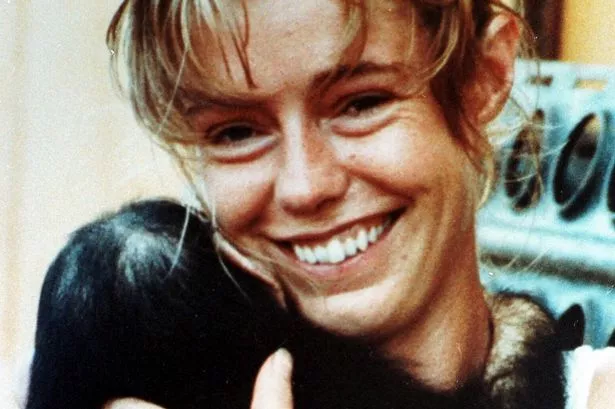

In the years that ensued, the rabbit hole surrounding Julie Ward’s peculiar death began to grow deeper and deeper. Join us as we explore her story and attempt to uncover the truth.
Early life
Born April 20th 1960, in Suffolk, England, Julie enjoyed a comfortable and happy upbringing under the guidance of John and Janette Ward.
Growing up, Julie was surrounded by two brothers, who, whilst giving her a hard time because that’s what siblings do, also showered her with love and protected her.
This protective nature would follow them for the rest of their lives and well into the murder investigation that was to come.
After finishing school, Julie got a job at a publishing company in Bury St Edmunds. The job was extremely demanding, and it is reported that she often worked 15-hour days just to meet deadlines.
Despite work taking up the majority of her time, Julie pursued wildlife photography, travelling the lengths and breaths of the UK to photograph its wildlife.
Julie had also left the UK to photograph wildlife, which was something she was very passionate about. She was also passionate about conservation and looking after nature.
In February 1988, Julie decided she wanted a change of pace. The 15-hour work days were slowly starting to grate on her, and she had no time for herself, let alone her family or friends.
A Dream Trip To Kenya
It was around this time that Julie decided to take a gap year in order to pursue her passion for wildlife photography. Her father told the Mirror newspaper that Julie was scared ‘life was passing her by’, so Julie booked the trip of a lifetime, a 6-month excursion to Africa.
Julie, along with a group of 26 other photographers and wildlife enthusiasts, left the UK for Morocco.
Over the course of a few months, the group travelled through Algeria, Mali, Ghana, The Ivory Coast and Burkina Faso. The last stop on the trip was the one Julie was most excited about: Nairobi, Kenya.
John told the media that Julie was looking forward to photographing wildebeests in the Maasai Mara National Reserve in Kenya, and it was all she had talked about for weeks before her trip. She left the UK with a suitcase and her photography kit, but things were about to take a dark turn.
By September 5th 1988, Julie had been in Kenya for several weeks and was thoroughly enjoying her time. Just days before she was due to fly home to Suffolk, Julie was introduced to Dr Glen Burns, a prominent Australian Biologist.
Julie had made many friends in Nairobi as this was her 3rd visit to the continent. Her local friends knew of her desire to capture the wildebeest during their famous migration and just so happened to know someone else who was keen: Dr Glen Burns.
In early September, Glen and Julie met and drove over 5 and a half hours from the heart of Nairobi to the Maasai Mara National Reserve.
Others on the 6-month expedition remained in Nairobi, taking advantage of their last few days in the country to sightsee and relax, but not Julie.
After a gruelling drive, Julie and Glen arrived at the Sand River campsite in what is described as ‘the heart’ of the Maasai Mara National Reserve.
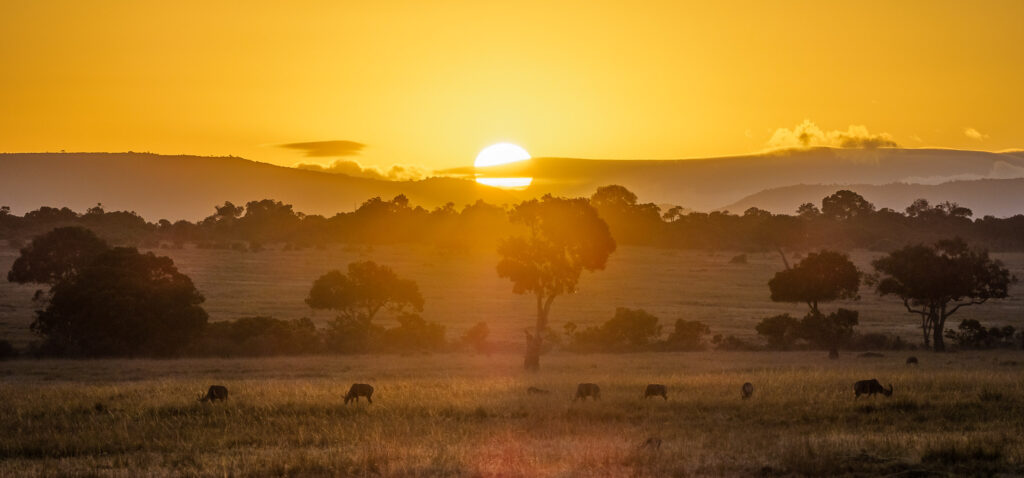
Glen and Julie assembled their tents and made themselves comfortable for their stay. The next morning, the pair woke bright and early, jumping into the SUV Julie had hired and driving out into the park.
They spent most of the day photographing wildlife and talking about their lives back home. Julie felt comfortable and safe in Glen’s company, and he shared her enthusiasm for the wildebeest migration.
Just as they were beginning to wrap up for the day, Julie’s car broke down. The pair were now stranded in the middle of the Maasai Mara National Reserve, a national park that covers over 580 square miles (1,520 square kilometres).
Luckily for them, Steve Watson, a safari tour guide, spotted their broken-down car and swooped in to help. Whilst this had been a stroke of luck, they would not be so lucky when it came to the car.
The part of the car that had broken was complex and would take days to fix once the appropriate part had been found.
Julie was keen not to waste a second of her time in the park as she was due to fly from Nairobi to England a few days later. Steve, the tour guide, gave the pair a ride to the Serena Lodge and set them up for the night.
As night fell, Glen and Julie pondered what to do next. According to reports, Glen had to be in Nairobi on September 4th 1988, to attend a conference.
Glen tried to convince Julie to fly back to Nairobi with him and stay in a hotel until she could get an earlier flight home or explore the city while waiting for her original flight.
Julie was not one to back down from her dreams and insisted that she wanted to stay in the park until it was time for her to return to England. Described as headstrong and independent, Glen knew he wasn’t going to be able to convince her otherwise.
On September 4th 1988, Glen left Julie in the park, heading for the city. Julie and Steve had arranged for a mechanic to come out and look at the car, but given the park’s remote and gigantic nature, they were unsure when exactly this would be.
Thankfully, Julie didn’t need to wait long, and by the evening of September 5th, the car was fixed, thanks to the mechanic.
Julie told Steve that the following morning, September 6th 1988, she planned to drive to the Sand River campsite, collect her things and then drive to Nairobi to catch her flight.
Julie Disappears
It is believed that Julie did, in fact, stop off at the Sand River campsite, but after this, her movements are unknown. Julie’s flight from Nairobi to England was due to leave soon after she left the park, but Julie never stepped on the plane.
On September 10th 1988, John Ward called his daughter to finalise her plans and ensure he could collect her at the airport. Following several missed calls, John called the lodge, only to find that Julie was not there.
John also called Julie’s friends in Nairobi, who revealed she was not there either. In fact, nobody had heard from her since September 6th, when she parted ways with Steve Watson. A sick feeling washed over John; his beloved daughter had been missing for 4 days.
It was extremely out of character for Julie to be out of contact with friends and family. He made calls to hospitals in Nairobi, but no patients named Julie Ward had been admitted.
On September 12th 1988, 6 days after his daughter was last seen, John Ward arrived in Nairobi, the place his daughter had been so excited to explore.
The city Julie had described was now a maze of nightmares for John, thinking that his daughter could be down any street or behind any door.
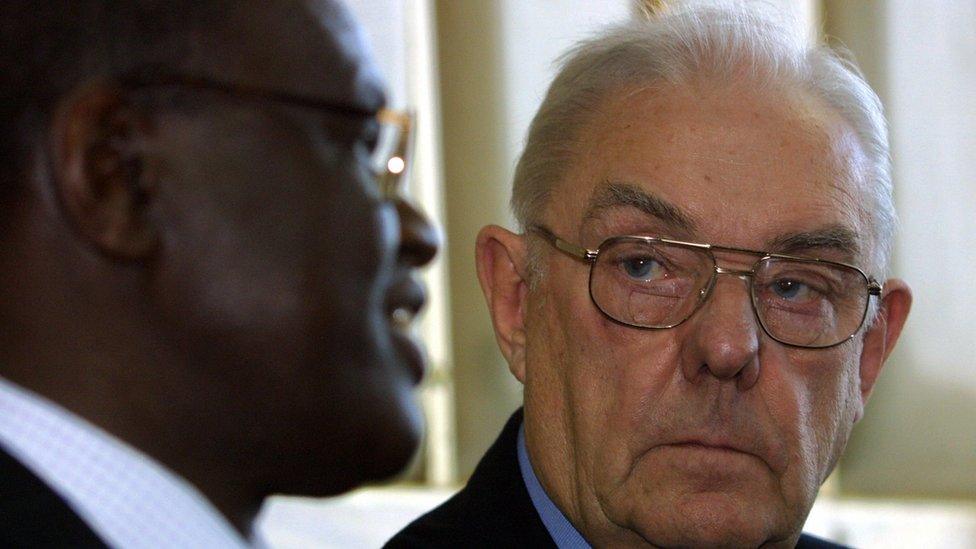
From the moment he touched down, he had a terrible feeling, which he called his father’s intuition. John made the gruelling 5-and-a-half-hour drive to the Maasai Mara National Reserve and began the search for his daughter.
The Ward family was considered ‘well off’ as John’s job as a hotel manager/owner netted the family a generous wealth. The family lived comfortably, and as a result of his wealth, John had the means to hire a helicopter and 5 planes to fly over the reserve and look for his daughter.
Whilst pilots took to the skies, John drove over every inch of the park, using a standard grid search system. He was joined by park staff and others who had caught wind of Julie’s disappearance.
The First Discovery
One day after John had arrived in Nairobi, he discovered the first clue to his daughter’s disappearance. Her SUV, which had previously broken down days earlier, was found abandoned in a gully close to the Sand River campsite.
As John approached, his stomach turned. SOS had been written in mud/dust on the roof, but the car was empty. The local police were summoned to the scene, but, as is the theme in this case, they showed major discontent for Julie and her disappearance.
John, the volunteers, and the pilots put in far more effort than the local police. They scoured every inch of the park whilst the police tottered around as if time was on their side.
If Julie had left her car to get help, it would only be a matter of time before she succumbed to the elements. The discovery of her abandoned car spurred John on further, but he knew that things were not looking good.
John’s devotion to the search for his daughter cannot be understated, and it is estimated he spent over £2 million searching for her. Hours after Julie’s abandoned SUV was found, the group made another discovery.
After trawling the long grass, a searcher came across a recently burnt-out campfire. Hoping for the best, John rushed to the scene, but his hopes were quickly dashed. Upon further inspection, the fire contained several human bones and a jawbone.
Parts of the victim’s hair remained intact, and John immediately knew it was his daughter. John and the group signalled for the local police, who were lackadaisical in their response. The crime scene contained only the limbs; there was no blood or tissue and no sign of a struggle.
Within days, the Kenyan Police told Julie’s family that she had been struck by lightning and her remains had been ravaged by animals. Days after the first remains were found, Julie’s skull was found in the bushes near the firepit.
Disturbingly, the coroner who performed Julie’s autopsy would record a verdict of homicide, only to be told by the police that they would not be accepting this version of events.
It was later revealed that a higher-up allegedly changed the report and verdict despite never having handled the remains themselves. They insisted that Julie had not been murdered and that she had been attacked by animals and struck by lightning.
In their initial report, the coroner believed that Julie had been deceased just 12 hours before her remains were discovered, so where had she been?
If she had been in the park, she would have been spotted by the game wardens, tour operators, tourists and park rangers, but nobody saw her after she left Steve Watson on September 6th 1988.
The fire in which Julie’s body had been burned had been set with petrol, so why were the police so insistent she had been hit by lightning?
Julie’s leg that was found in the firepit had been ‘severed with a blade’, and the cut was clean. This is not what would be expected if her body had been ravaged by animals.
John Ward quickly realised he would receive no help from the Kenyan authorities and chose to repatriate his daughter’s body. Back in England, two independent pathologists reviewed Julie’s remains and concluded her leg and head had been ‘hacked off’ with a sharp blade.
The 1989 Inquest
A year after Julie’s body was found, the Kenyan Government opened an inquest into her death. Initially, the police ran with their initial findings that Julie was killed by lightning and animal activity. However, this quickly came under fire.
The coroner who had performed the autopsy and made the first report admitted that his superior had changed the report. John Ward was subjected to 28 days of cross-examination.
Every aspect of his and Julie’s lives was ripped apart, and the police even tried to say that Julie took her own life and threw herself into the fire.
As evidence was presented by both sides, the tides began to change. The Kenyan and British public were heavily invested in the case and started demanding answers.
Following months of evidence and testimonies, the judge at the inquest accepted that Julie Ward had been murdered. Disturbingly, he stated he saw no further need for investigation, and the case was to be closed.
John Ward left the inquest feeling more frustrated than before. The Kenyan authorities had now accepted his daughter had been murdered but saw no reason to investigate; why?
In 1990, John Ward requested the help of the Metropolitan Police, who he also accused of withholding and misdirecting evidence. In early 1990, John was told by a British civil servant “not to rock the boat and to leave it to the Kenyans.”
John was infuriated by what he was hearing and continued to push the Metropolitan and Kenyan Police for answers. Shortly after the Metropolitan Police arrived in Kenya, they named two suspects, Peter Kipeen and Jonah Magiroi.
The pair worked at the Maasai Mara National Reserve and were to become scapegoats. In February 1992, the trial of Peter and Jonah commenced with opening arguments being presented.
The First Criminal Proceedings
During the trial of Peter and Jonah, it was revealed that a critical piece of evidence had been forged. On September 6th 1988, Julie had signed out of the Sand River camp’s guest log.
This was a crucial piece of evidence in confirming Julie’s last moments, but it had all been a lie. David Nchoko, another park ranger, admitted to forging her signature. The trial was a sham from beginning to end, and after several months, the pair were acquitted of all charges.
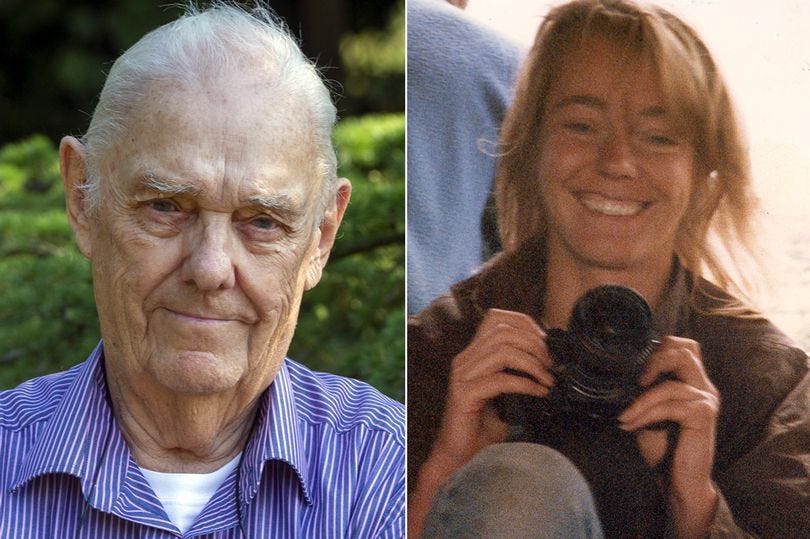
John told the media he never believed these two rangers had killed his daughter, and he knew the real killer remained free.
Several years after the trial of Kipeen and Magiroi took place, Simon Ole Makallah found himself on trial. Simon Makallah had been the park ranger who had led John Ward to the remains of his daughter, which made him immediately suspicious.
The remains were far away from her car, and the park covered a large area, so how had Simon suddenly stumbled across her remains?
Again, several months of intense questioning and cross-examination would occur, but in September 1999, Simon Ole Makallah was found not guilty.
The charges were dropped due to a lack of physical evidence. John remained steadfast until his death that Simon Ole Makallah was involved in his daughter’s murder.
The Rumor Mill Churns
In the early 2000s, rumours began to swirl that Jonathan Moi, the son of then Kenyan President Daniel Arap Moi, was the one who murdered Julie.
A witness came forward claiming he had witnessed Julie’s murder and was threatened into silence. Jonathan Moi was described as a “playboy, happy to spend his money on lavish entertaining and indulging his fondness for rally driving.”
John Ward later told the Daily Mail he was first made privy of this rumour when he was approached by a woman in Nairobi. She got close to John before stuffing a note into his palm, which read, “The man who killed your daughter is Jonathan Moi.”
Things finally clicked into place for John. The police had not covered up the murder because it was bad for tourism but because it implicated the son of a very powerful and ruthless leader.
Jonathan and his father denied all of these accusations and had extremely good lawyers and publicists. In 2019, Jonathan Moi died of cancer, never once facing prosecution for his alleged involvement in Julie’s murder.
Following his death and the removal of his father from power and his subsequent death, many new witnesses came forward, saying they knew Jonathan was involved in Julie’s murder, but they were too scared to say anything at the time.
A Father’s Love
Following Julie’s murder in 1988, John Ward made hundreds of visits to Kenya to try and uncover the truth of what happened to his beloved daughter.
He pressed the Kenyan Police to retrieve a DNA sample from Jonathan Moi to put the rumours to bed once and for all, but this request was denied. John would later implicate the Metropolitan Police and MI6 for being complicit in the cover-up of his daughter’s murder.
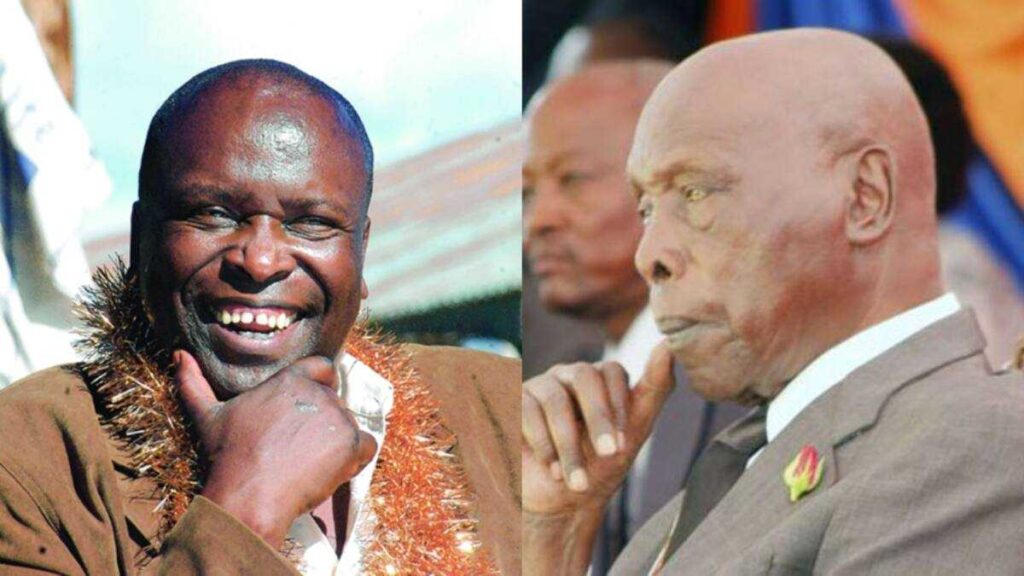
It is believed that a scandal of this size may have threatened diplomatic relations between the two countries and may have changed the public’s opinion of Kenya. Daniel Moi also held extreme power during his time as president, and anyone who dissented against him disappeared.
He is said to have funded and run rebel camps, one of which was in the Maasi Mara Park. One theory is that Julie unknowingly uncovered this camp and was attacked to ensure her silence.
In June 2023, both Jan and John Ward passed away within just two weeks of each other. The pair were 89 years old and had shared 65 wonderful years of marriage. Their sons, Bob and Tim, were planning a joint 90th birthday celebration for them later that year.
Despite his old age and ailing health, John never gave up in his search for the truth. In 1991, he published a book titled “The Animals Are Innocent: The Search for Julie’s Killers.” Shortly before his death, a second book was in the works, and his sons hope to publish it posthumously.
Whilst the Kenyan and British Governments have now accepted that Julie Ward was murdered, nobody has ever been brought to justice. John Ward strongly believed that Jonathan Moi either murdered or was directly involved in the crime.
Sources
https://www.mirror.co.uk/news/uk-news/brothers-brit-murdered-kenya-vow-30215796
https://medium.com/@TalesFromTheCabin/young-photographers-murder-on-the-masai-mara-580280bce46a
https://www.theguardian.com/uk/2010/apr/13/police-reinvestigate-julie-ward-murder
https://www.theguardian.com/uk/2004/apr/30/kenya.world
https://www.mirror.co.uk/news/uk-news/dad-murdered-photographers-new-hope-22528265


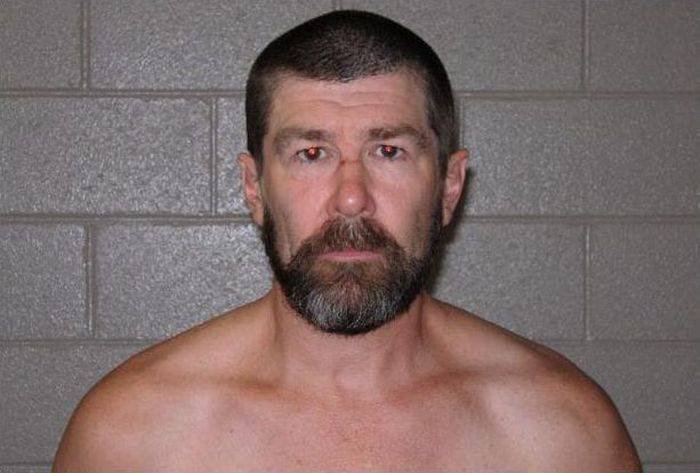

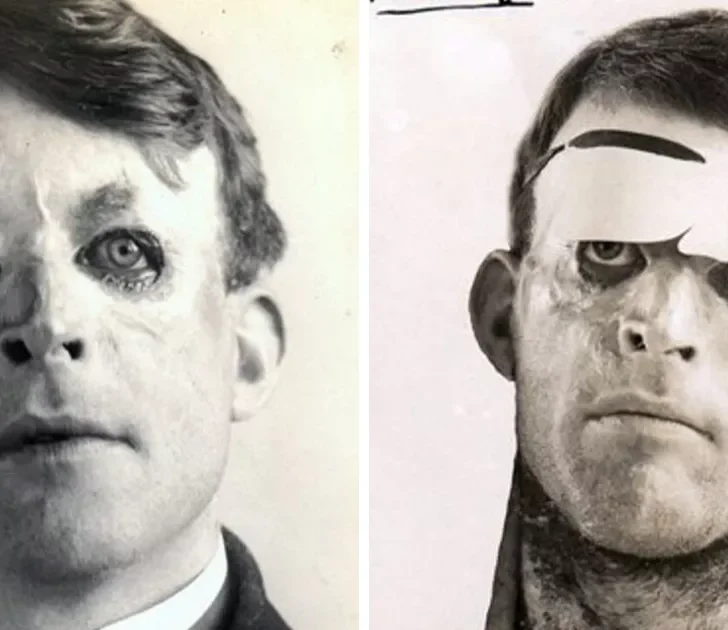

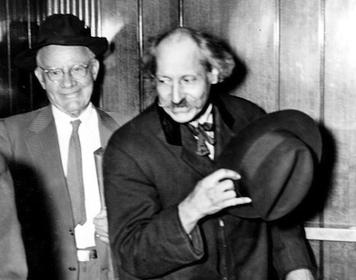
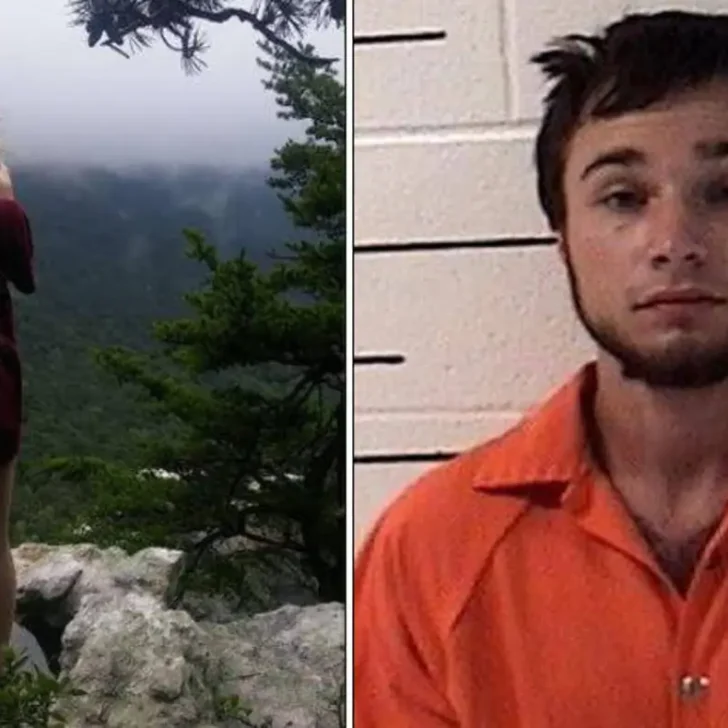
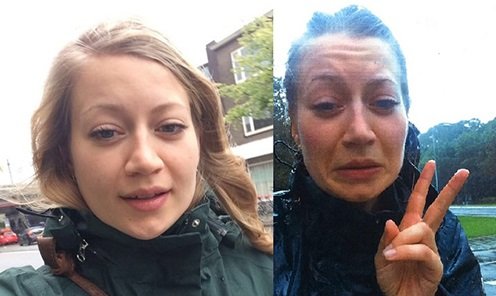



Leave a comment